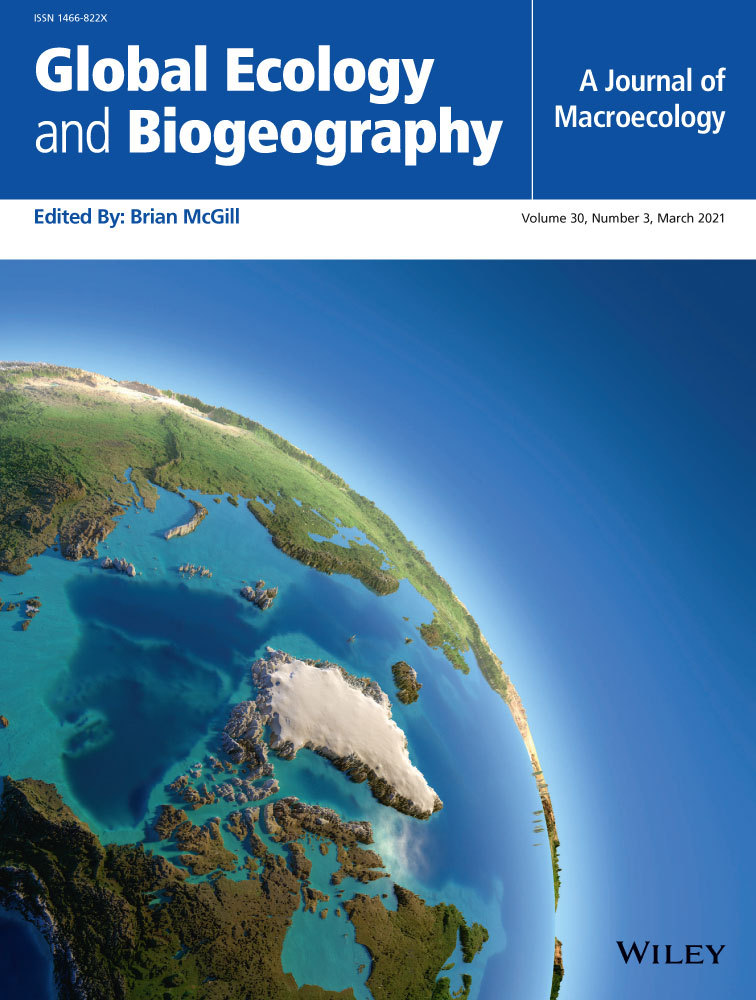Repeated forest fires have high impact on species composition. Pioneer species colonize the burnt forest and develop widely up to 30 years after a fire but late-succession species regenerate gradually or even disappear owing to direct impact of fires or other ecological consequences related to fires. Forest restoration through assisted natural regeneration needs information about the state of species composition after fire. Species dominance is a species composition indicator used in this research, with additional information on species association and distribution patterns, to understand tree species composition after repeated fires. A 1.8-hectare plot divided into 10 x 10 m sub-plots was established in secondary forest in Samboja Research Forest, East Kalimantan. The plot sample was burnt in 1982/1983 and 1997/1998. All trees above 10 cm DBH were measured; leaf specimens were collected for species identification at the Herbarium Bogoriense, Cibinong, West Java. For comparison, we used 1981 data observed by the Indonesian Institute of Science, published by Kartawinata et al 2008. The Importance Value Index was used in the data analysis to express species dominance. A 2x2 matrix based on presence-absence of species for each sub-plot was used to analyse the association index among species. Variance and average value ratio of certain species present in each sub-plot was expressed in a dispersion index. A chi-square was used to test the significance of the association and dispersion index. Thirteen years after a second fire, pioneer species of Macaranga gigantea were most dominant, followed by Vernonia arborea, a sub-climax species. This indicated that the forest was in an early succession process. Pholidocarpus majadun was consistently dominant before and after the fire. We found 38 pairs of species significantly positively associated and 4801 pairs negatively associated. About 60% species association, both negatively and positively, occurred between native species (species that exist before burnt) and non-native species (new comer species regenerated after burnt) in the plot sample. A non-native species, Vernonia arborea, associated negatively with the non-native species Tabernaemontana sphaerocarpa, and native species, Oncosperma horridum, Palaquium dasyphyllum and Endiandra rubescens. The distribution pattern of four native species Artocarpus anisophyllus, Cananga odorata, Croton laevifolius and Macaranga gigantea changed after repeated fires, from uniform to clumped.
DOI:
https://doi.org/10.11598/btb.0.0.0.907
Altmetric score:
Dimensions Citation Count:
























